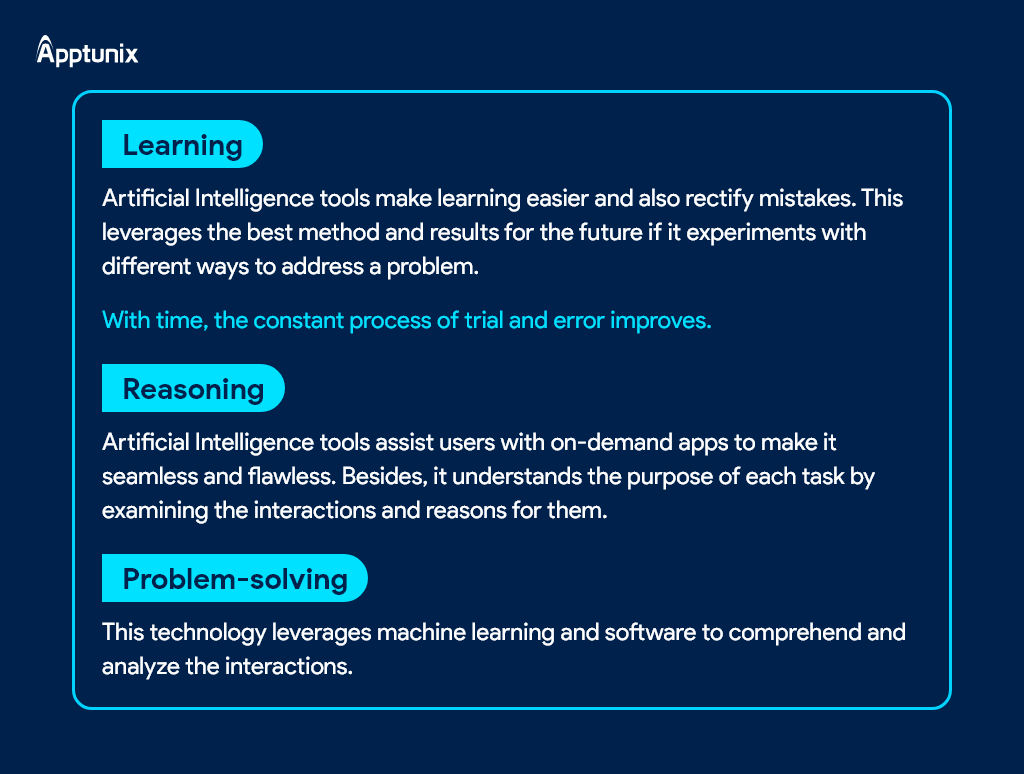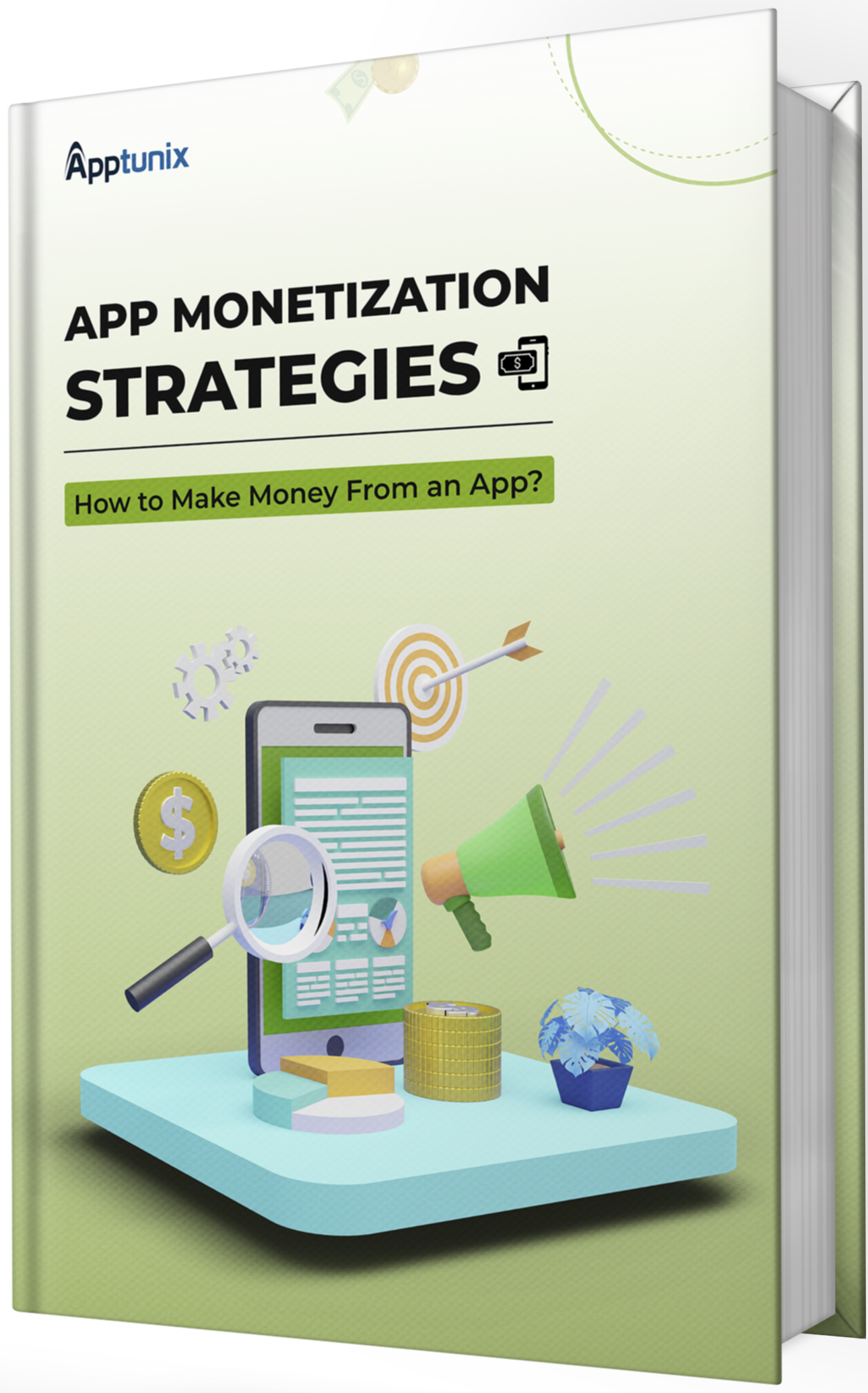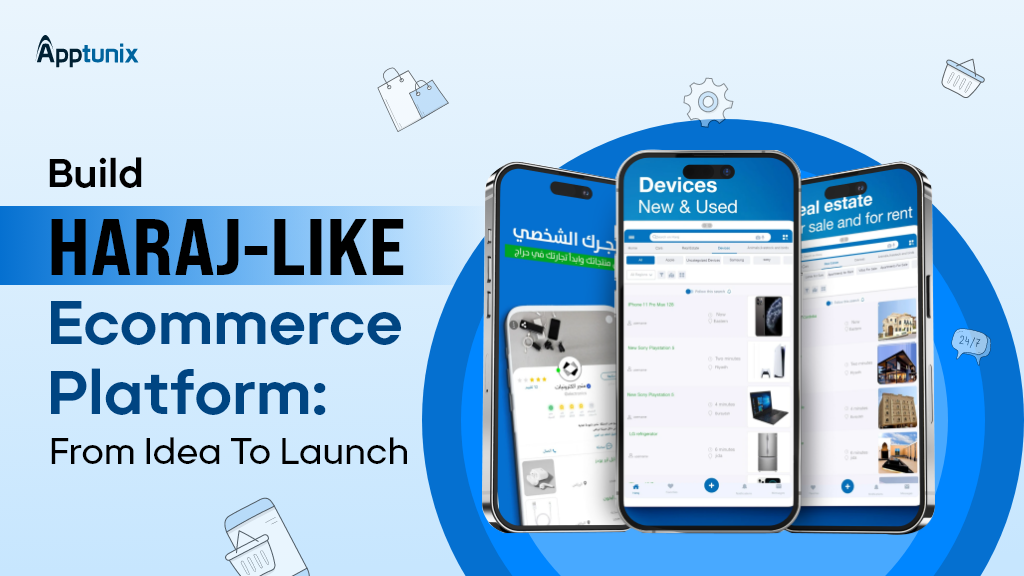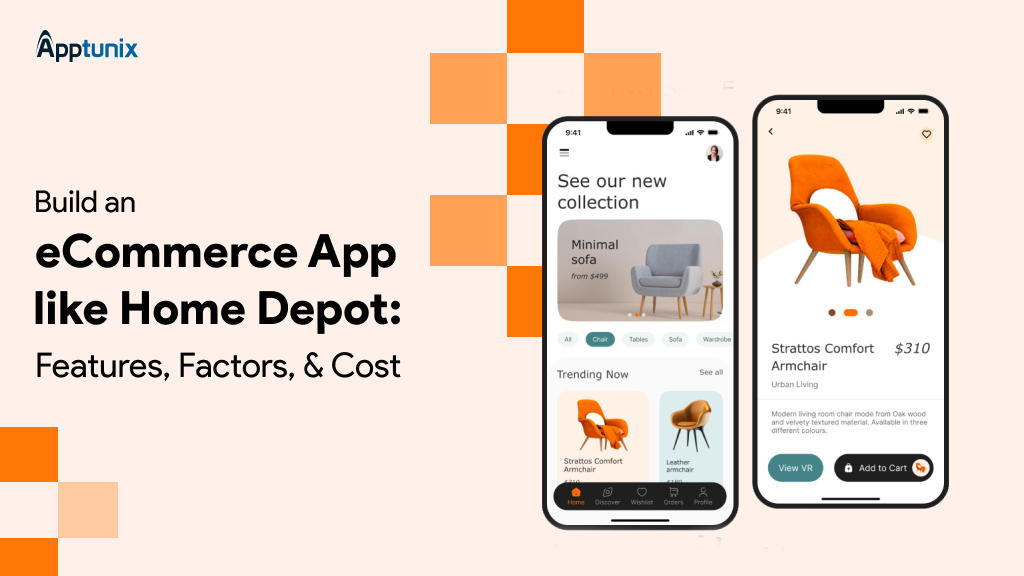Don't miss the chance to work with top 1% of developers.
Sign Up Now and Get FREE CTO-level Consultation.
Confused about your business model?
Request a FREE Business Plan.
AI-Powered On-Demand App Development: The Future of Gig Economy

Did You Know!
The world’s workforce underwent a major upheaval the moment Uber leveraged AI in on-demand apps.
Though many of us consider Uber as the trailblazer of the gig economy, it was coined by journalist Tina Brown in 2009. Not to forget, Uber did underline the “mainstreaming of gigs”.
As they say, nothing is new under the sun. The same holds true for Uber’s disruption of the commuting industry not because it got drivers to do gigs, that’s a thing of the past. It was possible because of the powerful use of AI and technology that connects random drivers with riders through apps.
In essence, this signifies the first and most well-publicized effort of artificial intelligence into the industry, quickly emerging as the constant for the on-demand economy.
Understanding the Fundamentals – What is the On-Demand Economy?
Often the term on-demand economy is intertwined with the gig economy, crowdsourcing, shared economy, or phrases like – “It’s like Uber”, but for XYZ. However, the on-demand economy is a wider term encompassing all these elements, irrespective of the service’s nature or who is providing it.
Primarily, the on-demand economy is a business model that lets users request a service or product to be filled instantly, embodying the idea of instant gratification. This psychological feeling customers feel when they make an instant payment and track its fulfillment is the cornerstone of the on-demand economy.
In essence, you want something, you want it now and on-demand apps deliver it.
On-Demand App Market Realteration – This Can be for You!
AI is all about exploring the unexplored!
By 2030, the global AI market is predicted to reach $2 trillion —a whopping number, adhering to the technology’s recent popularization and adoption.
Surprisingly, the AI market isn’t the one that’s witnessing gigantic surge. On-demand app development revenue is also showing an annual growth rate of 6.87% for the years 2023-2028, resulting in a market volume of US$ 234.70 billion by 2028.

As a result, startups and entrepreneurs are investing more of their budgets in this because of the expected growth. AI comes into the picture to help businesses build faster and more engaging applications that result in greater ROIs. Leveraging this opportunity will reward early adopters with a disproportionate advantage.
But, how exactly can AI assist in creating a cutting-edge, feature-rich application that caters user expectations? Let’s see how industry giants are making the difference!
Uber
Did You Know!
Uber is called an AI-first company. AI-first companies are among those who integrate AI and ML in their every product and workflow.
The features leveraged by Uber through Artificial Intelligence and Machine Learning are as follows:
- ETA (Estimated Time Arrival) – Uber uses historical data, real-time data and machine-learning models combined to predict accurate ETA. This model is termed as deep ETA created with the help of Michelangelo (Uber’s internal ML platform).
- Demand/Supply Gap – To solve demand and supply challenges, Uber shows a heatmap to the drivers indicating the areas with high demand. Also, a price multiplier is showcased which shows drivers how much more they’ll earn on taking the request.
- Customer Support (COTA) – Uber developed a NLP and ML-based system COTA (Customer Obsession Ticket Assistant). It identifies the type of problem, and offers a reliable solution on how it can be addressed.
- Fraud Detection – Uber has developed an AI fraud detection system called RADAR. This system monitors and mitigates fraud with human oversight.
Swiggy
Swiggy is developing generative AI solutions for its network of restaurants and delivery partners to reduce operational costs. Recently, Swiggy introduced a ‘neural search’ AI chatbot that provides personalized recommendations for users’ open-ended and conversational queries.
Netflix
Netflix leverages AI to elevate user experience and refine its content offerings. By employing advanced recommendation algorithms, Netflix analyzes user behavior, viewing history, and preferences to provide personalized content suggestions. AI also optimizes streaming quality by predicting network conditions and adjusting video quality as needed. Furthermore, Netflix uses AI to spot trending genres and themes, shaping its content acquisition and production strategies.
SkinVision
SkinVision is a cutting-edge AI healthcare app that helps detect skin cancer early. Using advanced algorithms and machine learning, SkinVision analyzes photos of skin lesions uploaded by users to deliver instant risk assessments for conditions like melanoma, basal cell carcinoma, and squamous cell carcinoma. By enabling users to monitor their skin health directly from their smartphones, SkinVision aims to promote early intervention, increase awareness, and save lives through timely detection and treatment.
Spotify
Spotify’s AI DJ uses artificial intelligence to tailor music choices to individual users’ tastes and listening habits. By analyzing user data, it crafts personalized playlists and offers commentary in a lifelike AI voice. Furthermore, being responsive to immediate feedback, the AI DJ can adjust songs and ambiance instantly, bringing back old favorites and simultaneously recommending new tracks users will enjoy.
AI in On-Demand Apps – Trends That Matter in 2024

-
Increased Personalization and Marketing Performance
These days, customers are not in the mood to do legwork to decide what product to buy or where to order food. Thus, advancements in personalization and consumer profiles with AI and ML come into the picture to improve marketing performance by catering customers’ unique needs at the right time effortlessly.
Collected data like buyer personas, purchase history, geographical data and many other metrics are continuously collected to build persistent identities that assist on-demand service industry to send perfectly-timed coupons and customized suggestions for individuals.
For instance, leveraging advanced customer analytics help on-demand food service providers predict with a high level of accuracy the type of meal, time of order and from what location a customer often orders. Furthermore, patterns of behavior around events, office timings and nightlife assist ride sharing apps of where more drivers should be stationed and what time of the day will be the busiest.
-
Comprehend User Behavior Pattern
AI-integrated apps utilize data about user behavior to improve future sessions.
For example, let’s take a hotel booking app that uses both human and bot interaction in their hotel booking processes. Primarily, it depends on Natural Language Processing and Machine Learning technologies to simulate human conversation while catering specifically to user preferences.
Human assistants will step in when an AI-driven bot cannot understand or answer a query correctly, making them learn how to manage such scenarios while eliminating the tiniest possibility of error.
-
Conversational UI for Enhanced Experience
If you are new to this, here’s the secret!
Artificial Intelligence also features conversational capabilities. It means, you can interact with it using human-manner terms. Though speech recognition technology already existed, the conversational user interface enabled more human conversation between humans and computers.
Financial domain applications accommodate this technology well through voicemails or texts interacting directly with their customers or via financial suggestions given by AI experts.
-
Predictive Intelligence
With predictive intelligence, customers are kept up-to-date about offers, discounts and any ongoing spree through an AI algorithm that comprehends past purchases of customers as predictive pattern reading. Also, it encourages customers to shop more while creating more revenue for their business.
-
Identifying High Value Customers
Every business understands the importance that high-value customers have to the success of their business. However, many of the companies are not aware of how to identify their high-value customers.
Don’t worry! With the help of AI and ML technologies, on-demand service providers get holistic insights into who their ideal purchasers are and simultaneously what potential opportunities await in the new market.
-
Real-Time Geographical Data
This is inescapable, especially in the on-demand food service industry.
Service providers understand that delivering food or dropping at a destination quickly are synonymous to more business, happier customers and higher profits. In fact, the delivery speed is often cited as one of the biggest drivers of customer satisfaction with a minimal waiting time of 30 minutes.
Address, street layouts, traffic patterns and weather forecasts can all be simultaneously evaluated with the help of AI and machine learning tools, offering driver partners a clear status of routes and possible roadblocks.

-
More Dynamic App Authentication
Artificial intelligence has an exceptional effect on App security and user authentication. However, hackers take advantage of technological developments, on-demand apps should stay on the cutting-edge to avoid threats or access any potential security breaches before they happen.
Moreover, AI assists on-demand apps in keeping up with irregularities and anomalies that rises with them, including irregular user activity patterns or viruses.
Other advanced technologies like Blockchain and Machine Learning, can reduce perceived vulnerabilities and allow an easy yet secure authentication process with unparalleled user experience.
-
Embrace Real-Time Language Translation
Artificial Intelligence can be used to integrate AI-driven translation abilities into on-demand apps.
Although there are plenty of translation apps (but most don’t work offline), here AI translation proves immensely helpful. Imagine your mobile translating multiple languages instantly without any internet connection. Amazing, right!
These on-demand apps leverage Artificial Intelligence and machine learning abilities to translate dialects from several regions into an understandable language, with flexible latency settings allowing users to switch between spoken phrases and translation.
AI-powered mobile translator facilitates global communication.
-
Emotion Recognition
Artificial Intelligence’s notable potential lies in understanding human emotions using data interpretation and advanced image processing. AI captures human emotions by amalgamating subtle speech signals like voice intonation with facial expression recognition technology for precise and accurate emotion analysis.
Furthermore, businesses like Spotify use emotion recognition technology in its app to suggest song playlists according to individual mood, rather than playing any random song.
-
Recommendation Services
Relevant content is the key to unlock success.
Recommendations keep users engaged and entwined with the app. And, one way AI can assist is with “On-Demand Apps”. Nowadays, e-commerce platforms feature “customer who purchased this also purchased” with related product recommendations that maximizes customer retention and conversions.
The on-demand apps will offer users with some engaging suggestions by using the collected data about them to power a learning algorithm. This will predict future purchases by increasing customer likelihood.
In essence, AI technology like this is not just employed by e-commerce platforms like Amazon but also leveraged in the entertainment sector, like Netflix.
Artificial Intelligence and the On-Demand App Development Process

Artificial intelligence with on-development is the perfect blend that is synonymous to delivering unparalleled convenience and experience. Let’s see how.
In essence, AI is a pivotal aspect of modern life and businesses. Artificial intelligence optimizes apps with endless perks:
- Increased employees and customer satisfaction
- Lower operating costs
To add, artificial intelligence may even facilitate brand interactions between customer-brand and brands. Artificial intelligence integration in on-demand apps assists businesses and enterprises to achieve their goals in regards to marketing channels along with automating internal tasks online as well as offline.
Furthermore, artificial intelligence has transformed markets and diminishing human efforts while simultaneously revolutionizing the experience of their work. AI plays a pivotal role in shaping creator perception by lending them a hand to develop apps with excellent UX/UI features that add flexibility, intelligence and creativity – an undisputed triumph of AI.
Emerging Trends in On-Demand App Market
“With artificial intelligence becoming more prevalent in the workplace, the core focus should be on how we can leverage its power to improve human creativity and innovation” – Sundar Pichai
The future of AI in on-demand apps is all-set to be driven by automation, increase in mobile usage and technological advancements. While automation is expected to swap traditional jobs, the on-demand economy is gaining momentum because of its potential of greater freedom and convenience.
In addition, remote work is becoming more prevalent thanks to technological advancements that facilitate collaboration and communication from any location. If you are all set to ride this bandwagon, it’s important to leverage AI in on-demand apps and work models.

Finally… The future is AI-powered.
In today’s time, data is king and the capability to understand and manipulate data will provide an edge to anyone. Primarily, the on-demand economy like every other industry is and will have to evolve. Leveraging AI to create your next app, ensures you stand out among your competitors.
While a big change is already on its way, advance planning with a reputed AI development company like Apptunix is needed to survive and thrive.
Rate this article!
Join 60,000+ Subscribers
Get the weekly updates on the newest brand stories, business models and technology right in your inbox.

App Monetization Strategies: How to Make Money From an App?
Your app can draw revenue in many ways. All you need to figure out is suitable strategies that best fit your content, your audience, and your needs. This eGuide will put light on the same.
Download Now!Subscribe to Unlock
Exclusive Business
Insights!
And we will send you a FREE eBook on 'Mastering Business Intelligence.

















